[Part 20]
[Benton Bradberry’s 2012 book, “The Myth of German Villainy” is a superb, must-read, revisionist look at how the German people have been systematically, relentlessly and most importantly, unjustly vilified as the arch criminal of the 20th century. Bradberry sets out, coolly and calmly as befits a former US-Navy officer and pilot, to show why and how the German people have been falsely accused of massive crimes and that their chief accuser and tormenter, organized jewry is in fact the real party guilty of monstrous crimes against Germans and the rest of the world.
n Part 20 the Allied goal of carrying out genocide against the German civilian population is described, starting with the Lindemann Plan — “strategic bombing” — formulated by the German born jew, Frederick Lindemann, and other jews. Lindemann advocated the killing of massive numbers through saturation bombing raids, particularly of high density working class areas. By the end of the war some 160 of Germany’s largest cities had been reduced to rubble.
One infamous case of wanton sadism committed by the Allies was the destruction of Dresden starting on February 13, 1945, a city with little to none military value, and with the end of the war (May 8) just a few months away. A total of 1,300 British and American heavy bombers dropped nearly 4,000 tons of high explosive bombs and incendiary devices on Dresden, followed with American Mustang fighter planes strafing survivors. Estimates of the number killed range from David Irving’s, 135,000, to up to 500,000.
Winston Churchill had earlier in the war, said:
“The air opened paths along which death and terror could be carried far behind the lines of the actual enemy; to women, children, the aged, the sick, who in earlier struggles would perforce have been left untouched.”
Also discussed is the infamous Morgenthau Plan and how it’s origins came from jews within the Soviet Union through the secret communist spy agency in Washington called the “Silvermaster Group” that the jew Harry Dexter White belonged to. White was given the job because of his relationship with Morgenthau, and Morgenthau’s closes relationship with Roosevelt. White got to work immediately and produced the infamous Plan. The plan as described in Morgenthau’s book, “Germany is Our Problem — A Plan for Germany” called for the de-industrialization of Germany, an act that would lead to millions of German deaths through starvation.
International jewry, fully in control of the Allies, had a pathological hatred for the German people and harbored a burning desire for vengeance. Despite Germany’s constant willingness to end the war, the unconditional surrender policy of the Allies, its knowledge of the Morgenthau Plan and similar plans for their total destruction, the Germans came to understand that they had no choice but to fight on, and ensured that millions more would die and Europe ruined.
At the end of the war, jewish sadism continued on, with the kangaroo court cases of the Nuremberg Trials and the creation of the “Holocaust” myth, a diabolical lie used against Germans, and Whites in general, today — KATANA.]
NOTE: The author has very generously given me permission to reproduce the material here — KATANA.
The book can be bought at Amazon here: The Myth of German Villainy
The Myth of
German Villainy
by
Benton L. Bradberry
Contents
[Clicking on a link in the Contents here will take you to that Part, in a separate post]
[Part 01]
Chapter 1 – The Myth of Germany as an Evil Nation
Germany’s Positive Image Changes Overnight
[Part 02]
Chapter 2 – Aftermath of the War in Germany
The Versailles Treaty
Effect of the Treaty on the German Economy
Was the War Guilt Clause Fair?
Did Germany Really Start the War?
[Part 03]
Chapter 3 – The Jewish Factor in the War
Jews at the Paris Peace Conference
Jews in Britain
[Part 04]
Chapter 4 – The Russian Revolution of 1917
Bolsheviks Take Control
Jews and the Russian Revolution
Origin of East European Jews
Reason for the Russian Pogroms Against the Jews
Jews Leave Russia for America
Financing the 1917 Revolution
Jews in the Government of Bolshevik Russia
[Part 05]
Chapter 5 – The Red Terror
Creation of the Gulag
Bolsheviks Kill the Czar
Jews as a Hostile Elite
The Ukrainian Famine (Holodomor)
[Part 06]
Chapter 6 – The Bolshevik Revolution Spreads Throughout Europe
Jews in the Hungarian Revolution
Miklos Horthy Saves Hungary
Jews in the German Revolution
The Spartacist Uprising in Berlin
Jewish Bolsheviks Attempt to Take Italy
Jewish Bolsheviks Attempt to Take Spain — The Spanish Civil War
Czechoslovakia in Danger of Communist Takeover
The Comintern’s Aim? World Domination!
[Part 07]
Chapter 7 – The Nation of Israel
History of the Expulsion of Jews
[Part 08]
Chapter 8 – Jews in Weimar Germany
Jews Undermine German Culture
[Part 09]
Chapter 9 – Hitler & National Socialists Rise to Power
The 25 Points of the National Socialist Party
[Part 10]
Chapter 10 – National Socialism vs. Communism
National Socialism
Jews Plan Marxist Utopia
[Part 11]
Chapter 11 – Jews Declare War on Nazi Germany
Text of Untermeyer’s Speech in New York
The Jewish Persecution Myth
Effect of Boycott on the German Economy
Jewish Exaggerations are Contradicted by Many
[Part 12]
Chapter 12 – The Nazis and the Zionists Actually Work Together for Jewish Emigration out of Germany
The Nuremberg Laws – 1935
The Zionist Movement
[Part 13]
Chapter 13 – Life in Germany Under Hitler
Night of the Long Knives
1934 Annual Nazi Rally at Nuremberg
Hitler Revives the German Economy
Hitler Becomes the Most Popular Leader in the World
[Part 14]
Chapter 14 – Hitler Begins Reclamation of German Territory
Chapter 15 – The 1936 Olympics
[Part 15]
Chapter 16 – “Anschluss”. The Unification of Austria and Germany
Austrian Economy Revived
Austria’s Jews
[Part 16]
Chapter 17 – Germany Annexes the Sudetenland
[Part 17]
Chapter 18 – War with Poland
The Polish Problem
Hitler’s Proposal to Poland
Kristallnacht
German-Polish Talks Continue
Jews Influence both Roosevelt and Churchill
British and American Political Leaders Under Jewish Influence
Roosevelt’s Contribution to Hostilities
Lord Halifax Beats the War Drums
Germany Occupies Bohemia and Moravia
Roosevelt Pushes for War
Anti-war Movement Becomes Active
Poles Murder German Nationals Within the Corridor
[Part 18]
Chapter 19 – The Phony War
Russo-Finnish War
The Norway/Denmark Campaign
German Invasion of Denmark and Norway
Churchill Takes Chamberlain’s Place as Prime Minister
[Part 19]
Chapter 20 – Germany invades France Through the Low Countries
The Phony War Ends.
Churchill the War Lover
The Fall of France
Hitler Makes Peace Offer to Britain
[Part 20]
Chapter 21 – The Allied Goal? Destruction of Germany!
[Part 21]
Chapter 22 – Germany as Victim
Rape and Slaughter
Jewish Vengeance
The Jewish Brigade
[Part 22]
Chapter 23 – Winners and Losers
Chapter 21
The Allied Goal?
Destruction of Germany!
“You must understand that this war is not against Hitler or National Socialism, but against the strength of the German people, which is to be smashed once and for all, regardless whether it is in the hands of Hitler or a Jesuit priest.”
Winston Churchill, 1940, as quoted in Emrys Hughes book, “Winston Churchill, His Career in War and Peace.”
[Add image] Emrys Hughes, and his 1950 book, “Winston Churchill in War and Peace”.
Frederick Lindemann, later known as Lord Cherwell, was a Jew born in Baden-Baden, Germany but raised in England. He went back to Germany to obtain a Ph.D. in physics from the University of Berlin, after which, he returned to England. Lindemann was an early pioneer of British aviation technological development, and when Churchill became Prime Minister, he appointed Lindemann as the British government’s (and his) leading scientific advisor. As a Jew, Lindemann harbored a pathological hatred, not only of the Nazis, but of Germany and the German people.
[Add image] Jewish-British Frederick Lindeman, an advisor to Churchill and promoter of the bombing of German civilians.
Vengeance against the Germans motivated his every action and opinion. He was a leading advocate from the start of “area bombing” of German cities, and devised a “plan” to carry it out.
The Lindemann Plan proposed that Britain should forget military targets and concentrate air attacks on Germany’s civilian population in order to break the morale of the German people. After their morale was broken, Lindemann believed, and Churchill believed also, the German public would demand an unconditional surrender to the Allies. His plan proposed that;
“bombing must be directed to working class houses. Middle class houses have too much space round them, so are bound to waste bombs.”
“It should be emphasized,” Lindemann said;
“that the destruction of houses, public utilities, transport and lives, the creation of a refugee problem on an unprecedented scale, and the breakdown of morale both at home and at the battle fronts by fear of extended and intensified bombing, are accepted and intended aims of our bombing policy. They are not by-products of attempts to hit factories.”
In other words, killing massive numbers of civilians should be the primary aim of the bombing raids.
Lindemann was not writing in a vacuum when he created the Lindemann Plan. Professor Solly Zuckerman and Professor Desmond Bernal, both Jews, also did studies on the effects of area bombing on structures and people, and both became strong advocates of massive bombing of Germany.
[Add image] Jewish-British Solly Zuckerman and John Bernal, both promoters of the bombing of German civilians.
Bombing cities as a means of waging total war had already become an accepted strategy among the members of Britain’s “war party.” Britain began developing and building long range, heavy bombers as early as 1933. The United States did the same.
The Lancaster, the B17 and the B24 were built for no purpose except to destroy cities and inflict massive casualties on the German population. Military operations require small, fast, “tactical” planes. Thousand plane armadas of four-engine, heavy “strategic” bombers had no military purpose. Colonel (later Brigadier General) Robin Olds, a highly respected officer and USAF fighter pilot who served in both WWII and Vietnam, stated more than once that the so-called strategic bombing program was ineffective, wasteful and pointless. It is generally acknowledged today that the strategic bombing program did not shorten the war by a single day, and that in the end, it served no military purpose. After all, Germany reached her highest level of war production in the last months of the war when the bombing was most intense.
[Add image] The Avro Lancaster bomber, under construction and in use.
Colonel Olds, among many others, was of the opinion that fighter bombers carrying a single bomb flying low and fast would have been far more effective against German military and strategic targets. He said that a single Mustang could have dropped a five hundred pound bomb through the window of any factory in Germany. It was impossible to hit a factory with a huge formation of bombers flying at 25,000 feet without destroying everything for miles around it. He also emphasized that this would have greatly minimized civilian casualties. Perhaps the colonel was naive. Perhaps he did not understand that the very purpose of “strategic bombing” was to maximize civilian casualties. In a word, the purpose of “strategic bombing” was genocide!!
While Britain and the United States were building thousands upon thousands of four-engine, long range, heavy bombers, designed for no other purpose than the destruction of cities and the slaughter of massive numbers of civilians, Germany built only light, maneuverable, low altitude bombers designed for ground support. These planes were unsuitable for genocidal terror bombing. Hitler only undertook the bombing of British civilian targets reluctantly, three months after the RAF began a campaign of carpet bombing German cities. Hitler would have been willing at any time to stop the slaughter.
Churchill’s War Cabinet adopted the Lindemann Plan in March, 1942, which then became Britain’s official policy. This decision of the War Cabinet was kept a closely guarded secret from the British public throughout the war and for many years afterwards. The British people were told that only military and industrial targets were bombed, and any damage beyond that was unintentional. The true nature of British bombing of German cities and civilians was revealed in 1961 in a book titled “Science and Government” by the physicist and novelist, Sir Charles Snow. The following passage from the book was immediately translated and published in several languages:
“Early in 1942 Professor Lindemann, by this time Lord Cherwell and a member of the Cabinet, laid a cabinet paper before the Cabinet on the strategic bombing of Germany. It described in quantitative terms the effect on Germany of a British bombing offensive in the next eighteen months (approximately March 1942–September 1943). The paper laid down a strategic policy.
The bombing must be directed essentially against German working-class houses. Middle-class houses have too much space round them and so are bound to waste bombs; factories and “military objectives” had long since been forgotten, except in official bulletins, since they were much too difficult to find and hit.
The paper claimed that ― given a total concentration of effort on the production and use of aircraft ― it would be possible, in all the larger towns of Germany (that is, those with more than 50,000 inhabitants), to destroy 50 per cent of all houses.”
Angus Calder wrote, in his book, “The Peoples’ War,” 1969:
“It may be ‘Inconvenient History’ but England rather than Germany initiated the murderous slaughter of bombing civilians thus bringing about retaliation. [Neville] Chamberlain conceded that it [bombing of civilians and cities] was “absolutely contrary to International law.”
It began in 1940 and Churchill believed it held the secret of victory. He was convinced that raids of sufficient intensity could destroy Germany’s morale, and so his War Cabinet planned a campaign that abandoned the accepted practice of attacking the enemy’s armed forces and, instead made civilians the primary target. Night after night, RAF bombers in ever increasing numbers struck throughout Germany, usually at working class housing, because it was more densely packed.”
[Add image] Angus Calder and his 1969 book, “The People’s War”.
Britain devoted more of her resources to RAF Bomber Command than to all the other branches of the British military combined. Having discovered early in the war that it was nearly impossible to hit a small target such as a factory or a runway from high in the air, Bomber Command decided to concentrate entire air wings into bomber raids of a thousand planes at a time on German cities. To avoid airplane losses to German fighter planes and anti-aircraft fire from the ground, these massive attacks were flown only at night at high altitude. The British gave up on military targets early in the war and decided to concentrate entirely on Germany’s cities, using the city centers as their aiming point. The city centers were the oldest part of the cities, dating back to the middle ages and beyond. In the city centers the streets were narrow and the buildings were close together, constructed mostly of highly flammable wood, covered with plaster, which ignited easily and burned furiously.
[Add image] An old street scene in Hamburg before the bombings.
The people in these old cities suffered agonizing deaths as they were fried, cooked, and broiled by the fires, or blown to pieces by the explosions.
[Add image] A German victim of fire bombing.
********
The United States entered the air war in Europe in September, 1942 with air groups of B-24s and B-17s flying out of Britain. The United States at first did not attack civilians directly but attempted to carry out precision bombing of German factories and military installations. Whereas the British flew all their raids at night, the Americans did their bombing runs during daylight, to improve bombing accuracy. But “precision bombing” at high altitude was a fantasy, whether done during the day or at night, as more bombs invariably fell on areas surrounding the target than on the target itself. After a time, the Americans gave up on “precision bombing” and joined the British in “area bombing,” that is, targeting entire cities.
By the end of the war, 1,000 German cities and towns had been bombed, with some 160 of the largest reduced to rubble. These cities and towns were among Europe’s oldest and finest; similar in artistic and cultural value to Florence, Paris or Rome. These destroyed cities contained the accumulated cultural treasures of centuries, including art, art galleries, statuary, architecture, libraries, museums, palaces, bridges, guild halls, churches and cathedrals. The accouterments of this highly developed culture which took a thousand years to build and accumulate were obliterated in minutes by the bombs.
Of course, there was plenty of objection at the time to what was happening, though the vast majority of the public supported it. The liberal Catholic weekly Commonweal, hardly a pacifist organ, early in 1944 denounced the policy of strategic bombing as “the murder of innocent people and the suicide of our civilization.”
The London Times Review on the British official History of the Strategic Air Offensive, commented:
“One closes these volumes feeling uneasy, that the true heroes of the story they tell are neither the contending Air Marshalls, nor even the 58,888 officers and men of Bomber Command who were killed in action. The heroes were the inhabitants of the German cities under attack; the men, women and children who stoically endured and worked on among the flaming ruins of their homes and factories, up till the moment when the Allied Armies overran them.”
This kind of savagery became self-perpetuating during the course of the war until all pretense of complying with the traditional “Rules of Civilized Warfare” was finally abandoned, as both sides tacitly adopted the principle that any act was justifiable if it held out even a remote possibility that it might stave off the awful consequences of defeat.
But another factor was also at work in the pointless and senseless continuation of carpet bombing German cities and towns, even after victory was certain, and that was simple “inertia.” The massive bombing raids continued because that was what Bomber Command and the United States Army Air Force had been organized to do.
Like any complex, dynamic organization, after a time the entire military industrial complex took on a life of its own and sort of ran itself. The aircraft assembly lines, both in Britain and America, cranked out a steady stream of new bombers. The bomb manufacturers ran their bomb assembly lines day and night. The aircraft fuel supply system functioned automatically, delivering aircraft fuel on time at points needed. The training commands continued to produce thousands of new pilots and air crewmen. Staff officers assigned to pick targets and to brief the bomber crews before takeoff continued to do their jobs. The entire military/industrial complex designed and organized to deliver thousands of tons of bombs daily on German cities worked like a giant machine on auto-pilot. No one had to tell it to do its job. Just the reverse. Someone in high authority would have had to tell it to stop. Even if someone had told it to stop, he would have met tremendous bureaucratic resistance. Moreover, those in command of the giant bombing apparatus, Churchill, Roosevelt, Air Marshall Harris, and General Hap Arnold, were inclined to continue the bombing, justified or not.
[Add image] “Bomber Harris” on the cover of the April 10, 1944 edition of Life magazine. Henry Hap Arnold on the cover of the June 22, 1942 edition of Time magazine.
Both Germany and Japan would have ended the war at any time with an armistice if they had been given the chance to do so, even as early as the spring of 1943. If that had been allowed to happen, the greatest majority of death and destruction would have been avoided. But the unconditional surrender policy of Roosevelt, supported by Churchill, made such an end impossible. The demand for unconditional surrender guaranteed that the long, grinding struggle which left much of Western Europe in ruin, with millions dead, would continue to the bitter end. Churchill and Roosevelt, not Hitler, were responsible for that. In the summer of 1943 when Churchill was about to leave London to meet Roosevelt at a conference in Quebec, a reporter for Time magazine asked Churchill:
“Will you offer peace terms to Germany?”
Churchill, in a jovial voice, answered back:
“Heavens, No! They would accept immediately.”
Everyone laughed.
Near the end of the war, most of the big cities and towns in Germany had already been destroyed so small towns and villages were now being targeted for no reason except that they had not been bombed before.
Thousands of innocent German civilians suffered horrific deaths every day and every night for no reason except the whim of the staff officer who more or less arbitrarily chose their town as that day’s target. Everyone employed within the giant bombing apparatus continued to do the job they had been assigned to do, and no one in authority told them to stop, so the bombing continued, day after day, night after night.
Norman Stone, Professor of Modern History at Oxford, wrote in the Daily Mail:
“Already, by 1944, … (W)e went on bombing German cities months and months after it had been clear that we would win, and that Stalin would be as potentially deadly an enemy. Some of the bombing was just pointless. In the last days of the war, we struck at the old gingerbread towns south of Wurzburg, where there was no military target at all … just refugees, women and children. Of these acts of gratuitous sadism, the worst was the bombing of Dresden.”
[Add image] Scenes from the film “Joy Division” of German refugees fleeing the Red Army. A 2006 British-German-Hungarian film directed by Reg Traviss. The story is a fictional biopic which follows the life of a boy in Germany at the end of World War II into his adulthood in Russia and London during the Cold War.
Dresden! Dresden was one of the most beautiful cities in Europe before it was bombed, a cultural center filled with elegant palaces, cathedrals and statues. It was a fairy tale city, with winding cobblestone streets, church steeples and gingerbread houses. It had no military significance whatever. In the last year of the war, it had been a hospital city, caring for thousands of wounded German soldiers. Not a single German military unit was stationed there. In the early weeks of 1945, the coldest winter in a century, hundreds of thousands of refugees had flooded into Dresden to escape the advancing Russian army. The inhabitants of Dresden took in as many of these poor souls as possible, but it was not possible to take them all in. Hundreds of thousands of frightened, hungry, desperate refugees concentrated in the Old Town, camping out on the sidewalks and in every garden and every city park. They slept on the ground and huddled together to keep from freezing to death. Children whimpered and begged for food. City social services were overwhelmed, though they did all they could to try to feed them and care for them. Then the bombers came.
The first wave of bombers were British, which arrived over the city at 10 pm on February 13, 1945, dropping thousands of huge, high explosive bombs on the Old Town, thick with refugees, to blast the roofs off buildings in preparation for incendiary bombs which were to follow close behind. The high explosive bombs knocked out the air raid warning system, destroyed the fire stations, broke the water mains and caused massive destruction and death. The crowds of refugees had no place to run to and no place to hide. Then came the bombers loaded with incendiary bombs which turned the Old Town into a howling ocean of fire. Air temperatures rose to 1,100 degrees Fahrenheit. Winds up to 100 mph sucked all oxygen into the center of the storm. Scores of thousands were burned alive. This late in the war, the science of bombing had been well worked out. The pattern of bombs dropped by the British were designed to produce a “firestorm,” and the Dresden firestorm was one of the most spectacular of the war.
Thousands suffocated in cellars as the oxygen was sucked out by the flames outside. Thousands more were hurled into the air like rag dolls and sucked by the ferocious winds right into the inferno. The air suction of the firestorm was so strong that it uprooted trees and lifted roofs from houses miles away. Utter panic struck the people. Horses reared and ran into the crowds. Wild animals such as lions and tigers escaped from the broken enclosures of the zoo and ran into the terrified crowds. Huge snakes slithered between the feet of those fleeing. Hospital trains, still filled with wounded soldiers from the front, were burning and tried to pull out of the station, and in the process severing limbs from young children who had sought cover from the bombs underneath the trains.
The next wave of bombers came three hours later with high explosives and anti-personnel bombs. The spacing of the waves of bombers, as well as the types of bombs dropped, had been carefully calculated to produce the highest kill rate possible. This third wave of bombers caught the emergency crews and fire crews, as well as throngs of those escaping the fires out in the open, as planned. The result was a slaughter.
[Add image] Painting by Herbert Smagon of a US fighter strafing a child in Dresden. Smagon was born 1927 in Karwin, Silesia and experience first hand the horrors of war.
The next day, the American 8th Air Force completed the destruction of the city. During the bombing, a total of 1,300 British and American heavy bombers dropped nearly 4,000 tons of high explosive bombs and incendiary devices on Dresden. The most disgraceful episode of the aerial attack on Dresden was the American Mustang fighter planes that followed the wave of B-17 bombers. Swarms of people fleeing the bombs and seeking refuge on the banks of the Elbe River were strafed by the Mustang fighters. Piles of bodies were lying everywhere along the banks as a result of the strafing. This is how one eye-witness described it:
“… scores of Mustang fighters diving low over the people huddled on the banks of the Elbe, as well as on the larger lawns of the Grosse Garden, in order to shoot them up.”
The city was completely destroyed, and there were so many dead bodies that the Germany army sent units in to gather them up, pile them onto funeral pyres made from lengths of railroad tracks and burn them. American POWs held in the city were brought in to assist. Kurt Vonnegut, the American author of “Slaughterhouse Five,” was one of them. They went through the cellars and pulled out all those who had suffocated or burned to death and then burned them. There were so many bodies that it took weeks to finish the job. They piled up dead soldiers, young and old women, boys in short pants, girls with long braids, Red Cross nurses, babies.
[Add image] Kurt Vonnegut and his 1969 book, “Slaughterhouse Five or The Children’s Crusade”.
These pyres burned day and night. No one will ever know the total number of civilian casualties resulting from the bombing of Dresden because of the countless refugees who had taken refuge in the city, but estimates have ranged as high as 500,000. British historian David Irving, who wrote the first authoritative book on the bombing of Dresden estimates that 135,000 were killed.
[Add image] David Irving’s 1963 book, “Apocalypse 1945: The Destruction of Dresden”.
There was no military necessity for the bombing of Dresden. It was simple mass murder of a people we had grown to hate as the result of Jewish anti-German propaganda. Yet, the bombing of cities and towns continued, even as the Reich was collapsing. Those who planned and carried out these bombing raids were and are war criminals by anyone’s definition! While the Simon Wiesenthal’s and other Jewish Nazi hunters are still combing the geriatric wards around the world for German “war criminals,” who may only have served their country at war, one should think about the crime of Dresden, and the hundreds of other cities and towns blown to bits and burned to the ground, for no reason except malice.
“Those innocents who lost their lives in Dresden were killed — not because of something they had done, but because of an accident of birth. Those who died in the Dresden Holocaust on February 13-14, 1945 were simply Germans.” ―Ingrid Rimland, Ed.
On February 16, just two days after the bombing of Dresden, British bombers attacked the tiny town of Pforzheim, known only for producing crockery and dinnerware, and killed half of its 63,000 inhabitants. These attacks continued right up to the day Germany surrendered.
In the early days of the development of the bomber as a weapon of war, Winston Churchill said:
“The air opened paths along which death and terror could be carried far behind the lines of the actual enemy; to women, children, the aged, the sick, who in earlier struggles would perforce have been left untouched.”
Churchill’s chillingly detached vision of the capabilities of war from the air were finding their fruition in Britain’s air campaign against Germany.
Estimates of civilians killed in the bombing of Germany range to well over a million, possibly as high as two million, with millions more suffering horrible injuries. Near the end of the war when Germany was essentially defenseless and the bombing was most intense, German cities and towns, especially in the east, were teeming with masses of uncounted refugees fleeing the advancing Russian army. No one knows how many refugees even to the nearest million. Scores of thousands of these poor people were simply burned to a cinder in the fires resulting from the bombing, with no trace left behind, and therefore could not be counted.
There has been a tendency in recent years to reduce the estimated number killed in deference to “political correctness.” Coming clean about the true nature of Allied atrocities against the Germans during the war is not a popular thing to do today. After all, we were the “good guys.”
B-17s bombing a German city.
German civilian corpses after an Allied bombing raid. This was indiscriminate slaughter of innocents.
Stacks of bodies after the bombing of Dresden.
They have cleared the streets and civilians try to go on with their lives after their city was destroyed. What choice did they have?
Essential transportation is restored in the midst of rubble
Germany was filled with feral children whose parents had been killed in the bombings. They wandered the streets searching for food.
Another German city burns to the ground after being fire bombed by the Allies.
This is the enemy Churchill and Lindemann went after with their massive bombing raids.
Churchill and Lindemann decided that the RAF would concentrate its attacks on civilian instead of military targets. This is the result. A million innocent German civilians like these were baked, fried, broiled or blown to bits by the Allied bombing campaign, the great majority of whom were women, children and old people. The point was to kill as many of them as possible.
These women and children were the lucky ones; they got out alive. Their homes were deliberately targeted by Britain’s Lindemann Plan.
Not long before, this was a thriving neighborhood.
This was a single bomb hit. By the time the raid was over, these buildings and all the other buildings in this German town, including the thousand year old fountain, were flattened.
An elderly German woman looks sadly upon a pile of dead school children.
This stately building is still standing, but thousands like it were either gutted (as this one was) or destroyed completely all over Germany by Allied “strategic bombing.” The British bombing campaign specifically targeted Germany’s built up cities and towns instead of military targets. The aim was to destroy Germany and kill as many people as possible. This building contained a hospital.
160 German cities and towns were destroyed by British and American bombing raids. This was done to “terrorize” the German people. Destroying these cities served no military purpose and did not shorten the war by a single day. The purpose was to destroy Germany and kill as many Germans as possible. [Photo above shows restoration work being carried out: Residents can be seen working on the removal of debris from Dresden’s Muenzgasse street in 1952]
Bombed out and nowhere to go.
********
Let us not forget that we did this…, to people who were exactly like ourselves!!!
********
Professor Frederick Lindemann, author of the Lindemann Plan for the mass murder of German civilians by aerial bombardment, was also an enthusiastic supporter of the “Morgenthau Plan,” a plan to dismantle Germany’s industry after the war and reduce Germany to a medieval, peasant society. Morgenthau wrote in his diary, p.11,:
“Germany must be turned into a wasteland, as happened there during the 30-year War.”
Morgenthau was Roosevelt’s Secretary of the Treasury and a close friend and advisor to Roosevelt.
[Add image] John Thomas Flynn, and his 1948/1956 book, “The Roosevelt Myth”
Morganthau’s assistant in the Treasury was the Communist Jew, Harry Dexter White (Weiss). It was actually he, White, who drafted the Morgenthau Plan. According to John T. Flynn, in his book, “The Roosevelt Myth,” 1948 and revised in 1956, White was a secret agent of the Soviet Union and served as a conduit for top secret information to the Soviets. (This was proved to be true after perestroika when access was gained to Soviet archives.) According to Flynn, Communists who were totally loyal to the Soviet Union held key positions in every department and agency of the Roosevelt administration, almost all of them Jews, who passed every secret immediately to the Soviets. They also received orders directly from Stalin.
[Add image] Nathan Silvermaster, jewish-American spy for the communists.
One of these Jewish agents of the Soviets, Nathan Silvermaster, who had worked in the Agriculture Department, was appointed by Roosevelt to be the head of the Near East Division of the Board of Economic Welfare. He formed the “Silvermaster Group,” a Soviet spy agency, which consisted of highly placed officials within the Roosevelt administration, including Harry Dexter White. (The Silvermaster Group included Nathan Silvermaster, his wife Helen, Schlomer Adler, Norman Bursler, Frank Coe, Bela Gold, Sonia Steinman Gold, Lauchlin Currie, Irving Kaplan, George Silverman, William Ullman, Anatole Volkov and Harry Dexter White ― all Jews and all Communists, and all highly placed officials within the Roosevelt administration.) White had unlimited access to the most secret information of the government. The “Secret Service” was an agency of the Treasury Department and as Assistant Secretary of the Treasury, White had complete inside information, which he assiduously passed to the Jews who controlled the Soviet Union. Harry Dexter White’s personal secretary was a Communist Jewess, Sonia Gold, supplied to him by Nathan Silvermaster.
In the spring of 1944, according to Flynn, the Silvermaster Group in Washington received instructions from the Kremlin outlining Russia’s plan for Germany after surrender. The instructions were clear: destroy Germany’s capacity as an industrial nation and reduce her to the level of a mere agricultural country. The Silvermaster Group passed these instructions on to Harry Dexter White for implementation. White was given the job because of his relationship with Morgenthau, and because of Morgenthau’s relationship with Roosevelt. White got to work immediately and produced the infamous Morgenthau Plan.
[Add image] Henry Morganthau Jr. and his 1944 book Germany is Our Problem — A Plan for Germany.
[Add image] Morgenthau Plan Map— Proposal for Post-War German Boundaries (Click image to enlarge).
The Morganthau Plan called for Germany to be partitioned into small independent states, with part of Germany to go to Russia and parts to other countries, including Poland. Germany’s main industrial centers, including the Saar area, the Ruhr area, and Upper Silesia, were to be internationalized or annexed by neighboring countries. All of Germany’s industrial equipment was to be taken down and shipped to the Soviet Union. What couldn’t be taken away was to be destroyed. The mines were to be destroyed by flooding them. Germany was a thoroughly industrialized country. The Morganthau Plan would obviously have resulted in millions of starvation deaths in Germany, as they well knew.
When Roosevelt left for the Quebec Conference on September 12, 1944 to meet with Prime Minister Churchill, he took neither Secretary of State Hull nor Secretary of War Stimson with him as protocol would have required, but took only his Secretary and Assistant Secretary of the Treasury Hans Morganthau, Jr. and Harry Dexter White. Roosevelt already had some foreknowledge of the Morganthau Plan and knew that Hull and Stimson would stalwartly oppose it, so he left them at home. At the conference, Morganthau and White presented the Plan that White had drawn up to Roosevelt and Churchill.
Churchill reacted with anger and indignation when the Plan was presented to him, as did his Foreign Minister Anthony Eden. But in the end, Churchill agreed to the Plan. It was subsequently revealed that Morganthau offered him $6.5 billion in Lend Lease money which Churchill was in no position to refuse. Britain was broke and desperately needed the money, so he withdrew his objections in exchange for the money and the Plan became the doctrine of the Allies.
The final paragraph of the Plan called for withdrawing American and British armed forces out of Germany as soon as possible after the surrender, leaving Germany under the control of the Soviet Union. When Roosevelt returned to Washington, he made no announcement concerning this momentous agreement, and he told neither Hull nor Stimson. They only learned that the Morganthau Plan had been adopted by reading it in the newspapers several days later. They also read that Churchill was to get the $6,500,000,000 as a quid pro quo for withdrawing his objections to the Plan. Both men called the Plan “blind vengeance,” and both were outraged over it. When they confronted Roosevelt about it, Roosevelt at first denied it. It nevertheless became American and Allied policy.
[Add image] Harry Dexter White, jewish-American spy for the communists.
The Morganthau Plan was actually a Russian Plan. The Kremlin had issued orders to its agent in the American government, Harry Dexter White, who drew up the plan according to the Kremlin’s specifications, then handed it over to Hans Morganthau, Jr., who then presented it to a sick and enfeebled Roosevelt, who then made it American policy.
Churchill was bribed to go along. The Jews had prevailed again! The Jews who controlled the Soviet Union had combined their efforts with the Jews who controlled the Roosevelt Administration and produced a plan which was enthusiastically embraced by the British Jew Frederick Lindemann, to destroy their nemesis, Nazi Germany, completely, and for all time. International Jewry, whether in the Soviet Union, the United States or in Britain, possessed a pathological hatred for the German people and harbored a burning desire for vengeance. They combined their efforts, not in the interest of the countries they represented, but to achieve the aims of world Jewry. Now, they would have their vengeance upon the hated Germans. The Germans, of course, obtained a copy of the Morganthau Plan, a plan for their total destruction, from which they came to understand that they had no choice but to fight on.
In January, 1943, Prime Minister Churchill and President Franklin D. Roosevelt had met at the City of Casablanca, Morocco at what is known as the Casablanca Conference. Joseph Stalin did not attend. The most notable development to come out of the Casablanca Conference was Roosevelt’s proclamation of “unconditional surrender” as the policy of the Allies. Roosevelt and Churchill also decided at the Conference to increase the strategic bombing of German cities. Faced with the demand for unconditional surrender, after which they would be subjected to the destructive and murderous Morgnathau plan, the Germans faced only two options: fight on and be destroyed, or surrender and be destroyed. Fighting on seemed the more honorable path to take.
In the end a watered down version of the Morganthau Plan, known as Joint Chiefs of Staff Directive 1067, or JCS-1067, became the Allied occupational doctrine. JCS-1067 was only slightly less onerous than the original Morganthau Plan.
********
Hitler had repeatedly tried to reach a peace agreement with Britain, first after the war with Poland, and second after Dunkirk, only to have his peace overtures rejected. He had also sent Rudolph Hess on a Quixotic mission during the Battle of Britain to try to arrange a peace agreement, but Churchill refused to even listen to Hess. He had had him thrown into prison where he remained for the duration of the war.
The British wanted only to destroy Germany and had no interest in making peace. Hitler, on the other hand, would have welcomed any chance to reach a peace agreement with both Britain and the United States at any time during the war. “Unconditional surrender” was Roosevelt’s and Churchill’s answer. At the same time that they refused to accept anything short of unconditional surrender, Britain and the United States continued relentlessly to destroy one German city after another by massive bomber raids.
[Add. image] The Nuremberg Trials — a Kangaroo Court (click image to enlarge).
The Nuremburg Trials were conducted after the war in which the Nazi leaders were found guilty of war crimes and executed or given long prison sentences. But those who sat in judgment of the Germans were no less guilty. The so-called “Holocaust” was invented at the Nuremburg trials, to the absolute astonishment of the accused, who claimed to a man that they never heard of any such thing until the trials began.
Considerable doubt has been cast upon Holocaust claims in recent years, but even if the so-called “Holocaust” were true in every detail, it would not compare as a war crime to the bombing of Germany. The word “genocide” is used against the Germans, but the bombing of Germany was the true genocide. It was also a “culturecide”. The bombing campaign was carried out to destroy Germany completely, and to kill as many Germans as possible. German civilians were killed in their masses, not because they were guilty of anything, but only because they were Germans. That is the very definition of “genocide.”
[Add. image] The Real Holocaust! cartoon (click image to enlarge).
The great 13th-century Catholic theologian St. Thomas Aquinas and the Dutch Protestant Hugo Grotius of the 17th century worked out a “Just War Theory” to determine the morality of a particular war. For a war to be just, they said, first of all, it must be defensive in nature. Prisoners taken in war must be protected. The war must be publicly declared by a properly constituted authority. To be moral or “just,” the war must be winnable — a state cannot devote the population to a suicide mission with no chance of winning. To meet the requirements of a “just” war, a war cannot result in more evils than it eliminates. After the war is over, only those directly responsible for aggression can be punished. “Revenge” is not a justification for war, nor is “revenge” justified after a victory.
Revenge taking is antithetical to Christian values. A “just” war must not be directed at civilians. Finally, the decision to go to war must be taken as a last resort after all efforts to avoid war have been exhausted. Both the cause of the war and the conduct in executing it have to be just.
If these standards had been applied at Nuremberg, all sides would have been guilty of war crimes.
[END of Part 20]
______________________________
PDF Notes
Version 1 — Nov 12, 2017
* Total words = 8,048
* Total A4 pages = 63
*Total images = 37
Note: Images not in original book are indicated as “[Add. image]” (Additional image).
Text in [square brackets] is not part of the original book.
*Special thanks to reader “mblaine” for providing the text for this book.
Click to download a PDF of this post (5.6 MB).
The Myth of Germany Villainy – Part 20
Click on a link to go to another part:
[Click images to enlarge]
Part 01 — Cover text; About the Author; Preface; Chapter 1: The Myth of Germany as an Evil Nation
Part 02 — Chapter 2: Aftermath of the War in Germany
Part 03 — Chapter 3: The Jewish Factor in the War
Part 04 — Chapter 4: The Russian Revolution of 1917
Part 05 — Chapter 5: The Red Terror
Part 06 — Chapter 6: The Bolshevik Revolution Spreads Throughout Europe
Part 07 — Chapter 7: The Nation of Israel
Part 08 — Chapter 8: Jews in Weimar Germany
Part 09 — Chapter 9: Hitler and National Socialists Rise to Power
Part 10 — Chapter 10: National Socialism vs Communism
Part 11 — Chapter 11: Jews Declare War on Nazi Germany
Part 12 — Chapter 12: The Nazis and the Zionists Actually Work Together for Jewish Emigration out of Germany
Part 13 — Chapter 13: Life in Germany Under Hitler
Part 14 — Chapter 14 & 15: Hitler Begins Reclamation of German Territory; The 1936 Olympics
Part 15 — Chapter 16: “Anschluss” The Unification of Austria and Germany
Part 16 – Chapter 17: Germany Annexes the Sudetenland
Part 17 – Chapter 18: War with Poland
Part 18 – Chapter 19: The Phony War
Part 19 – Chapter 20: Germany invades France – The Phony War Ends
Part 20 – Chapter 21: The Allied Goal? Destruction of Germany!
Part 21 – Chapter 22: Germany as Victim
Part 22 (last) – Chapter 23: Winners and Losers
See also:
The Myth of German Villainy: Author Ben Bradberry Interview — TRANSCRIPT
_____________________
Version History
Version 6: Mar 13, 2021 – Added new Go2 Cover images (3).
Version 5: Jul 7, 2020 — Added new See Also image and link.
Version 4: Apr 28, 2020 — Re-uploaded images and PDF for katana17.com/wp/ version.
Version 3: Apr 9, 2020 — Updated links to other parts.
Version 2: Nov 12, 2017 — Added captions to additional images. Added the Real Holocaust cartoon. Added PDF of post for download.
Version 1: Nov 4, 2017 — Created post.

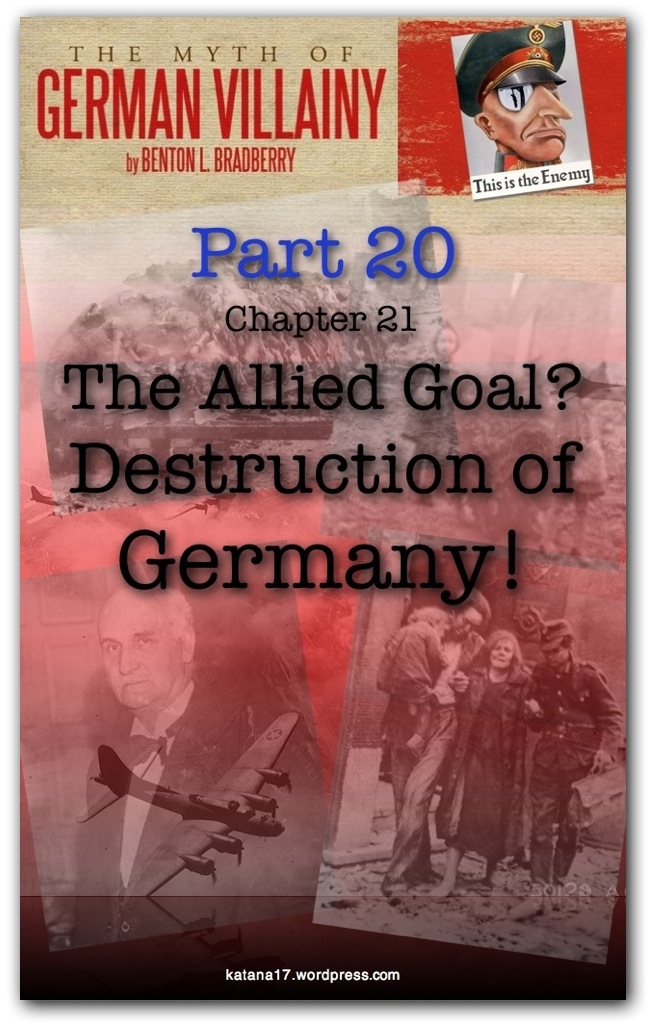

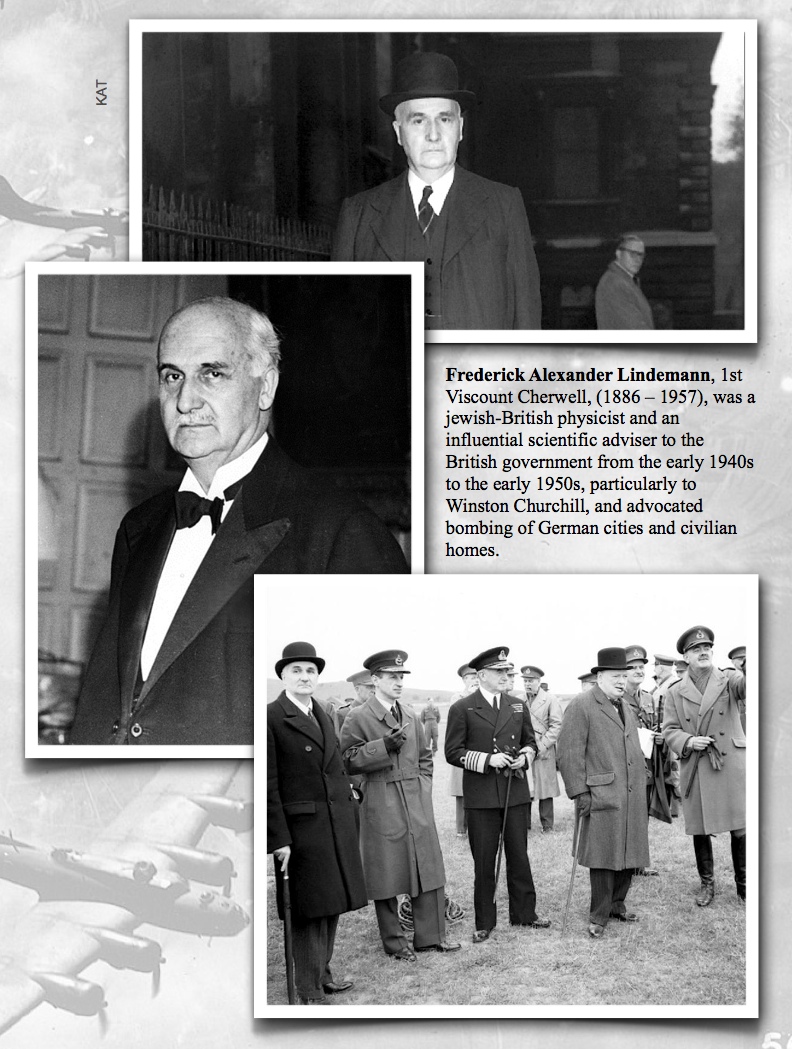

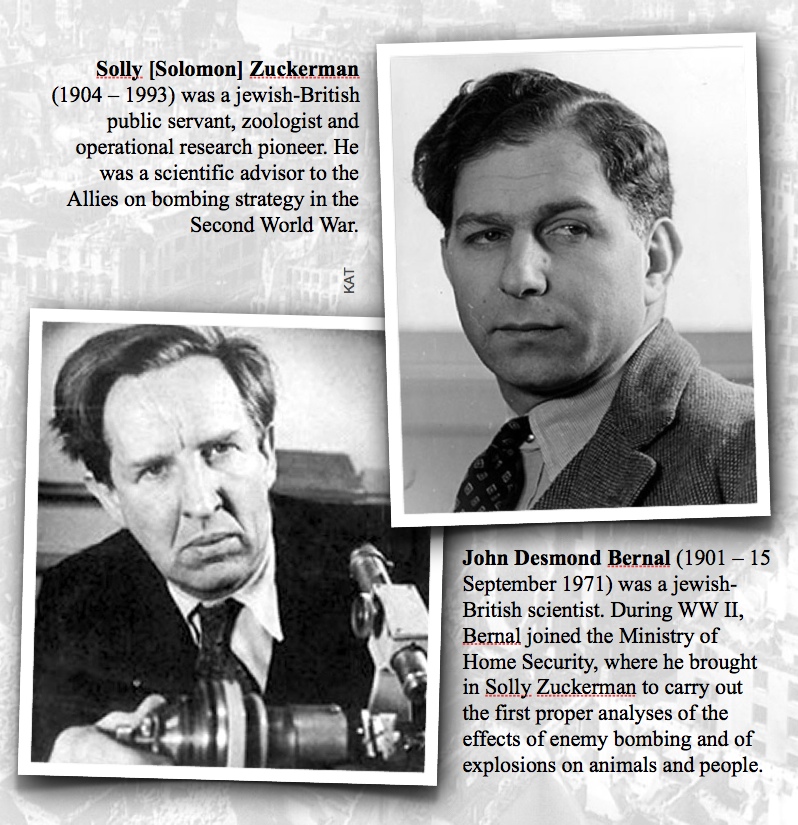

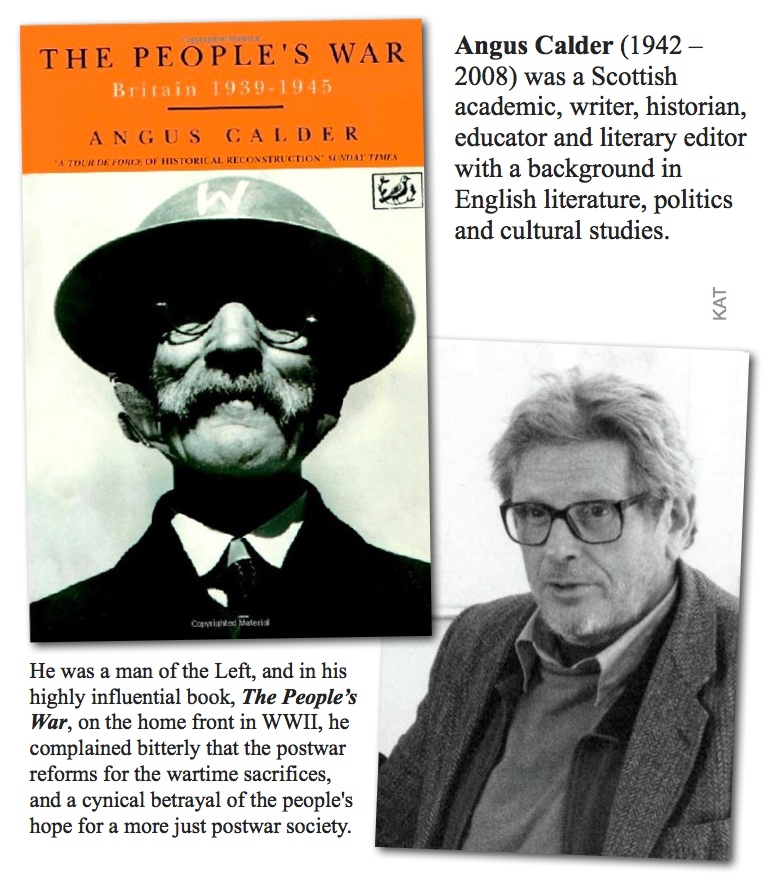
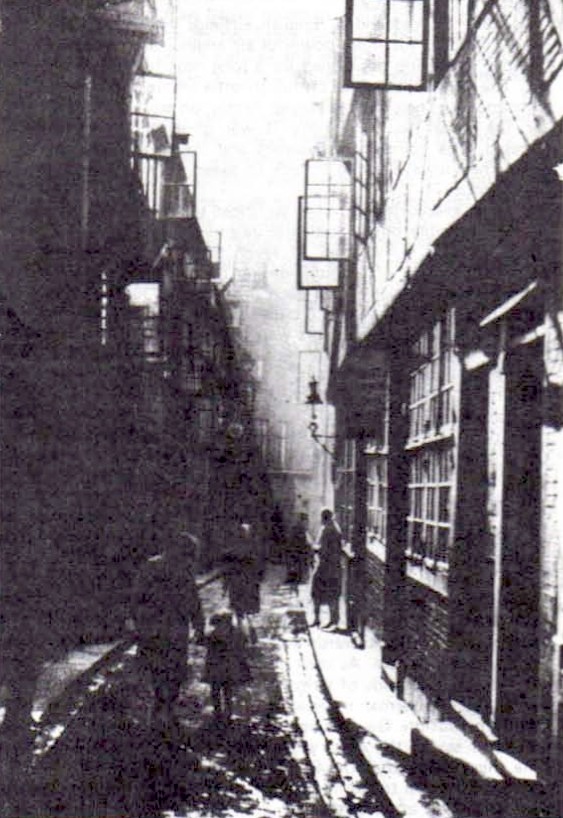
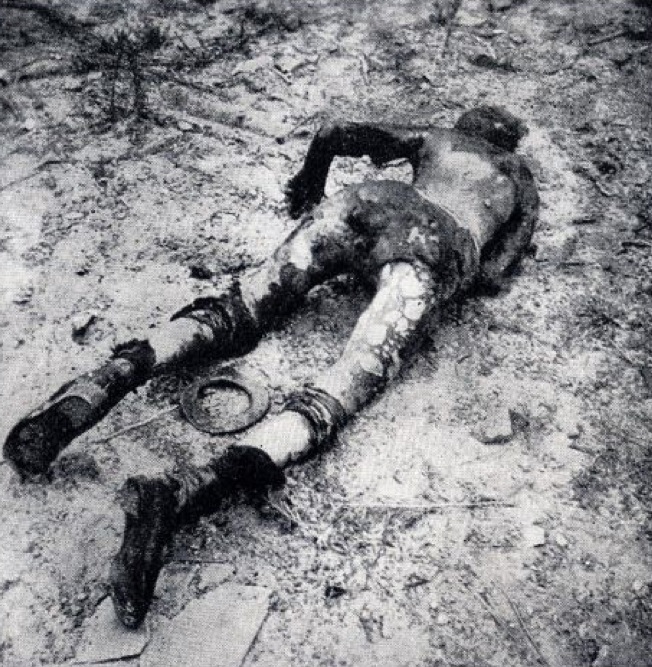

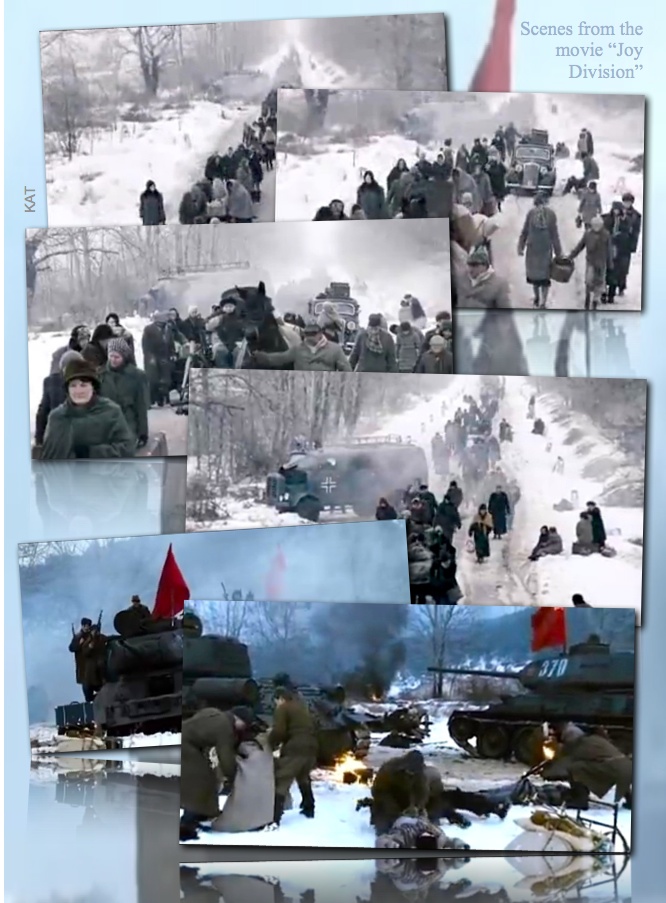
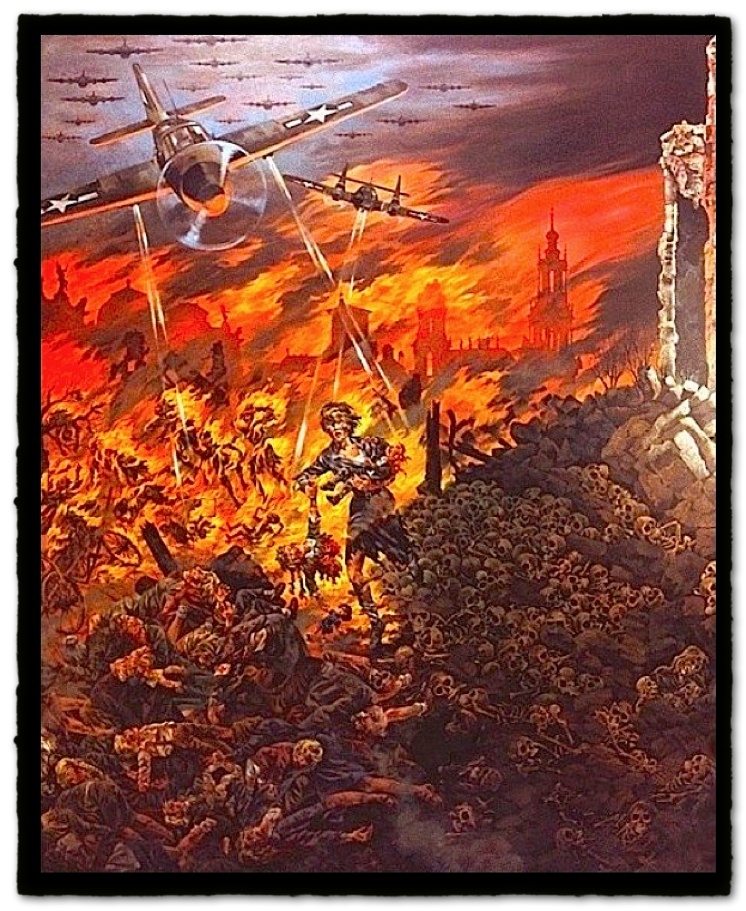

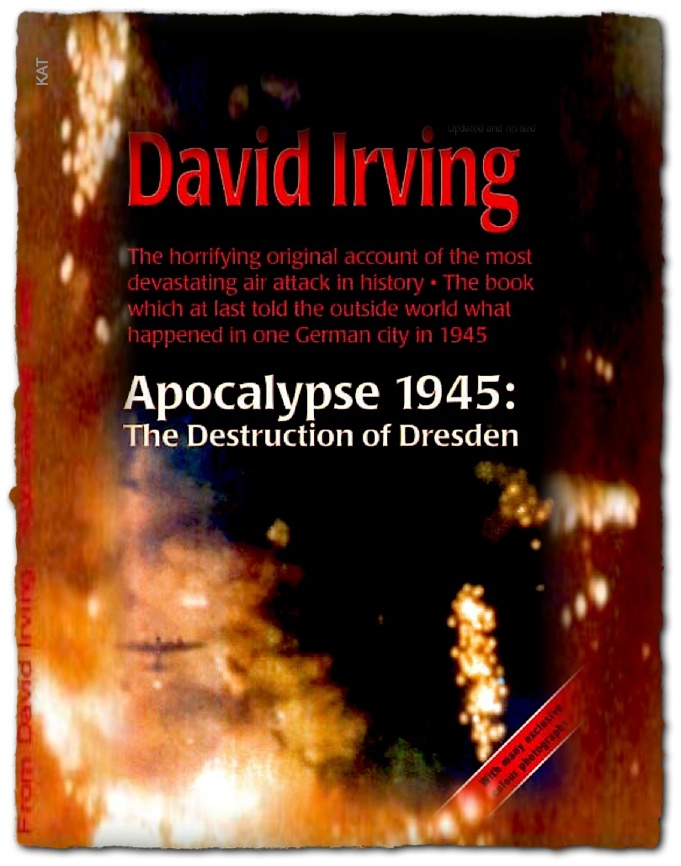
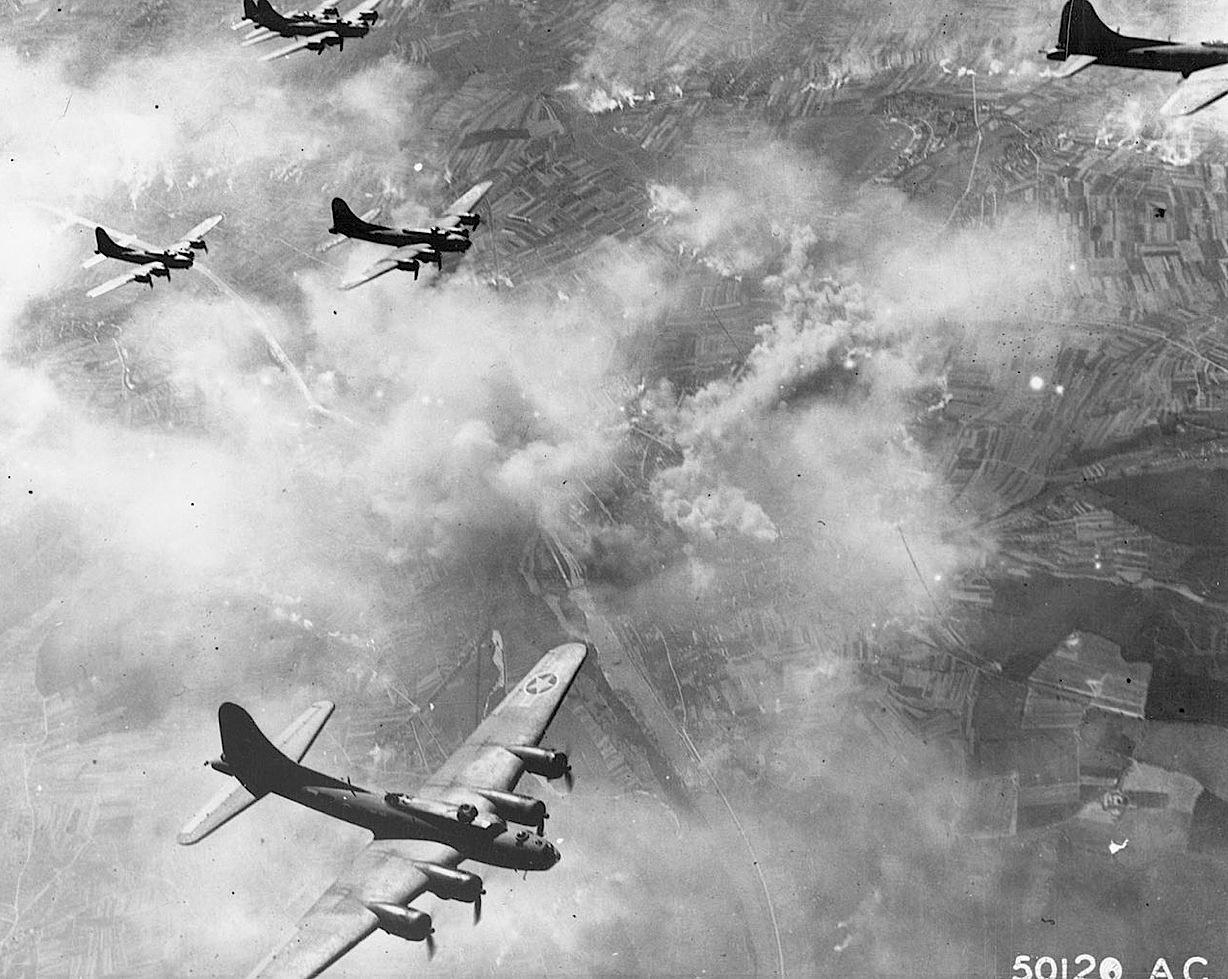

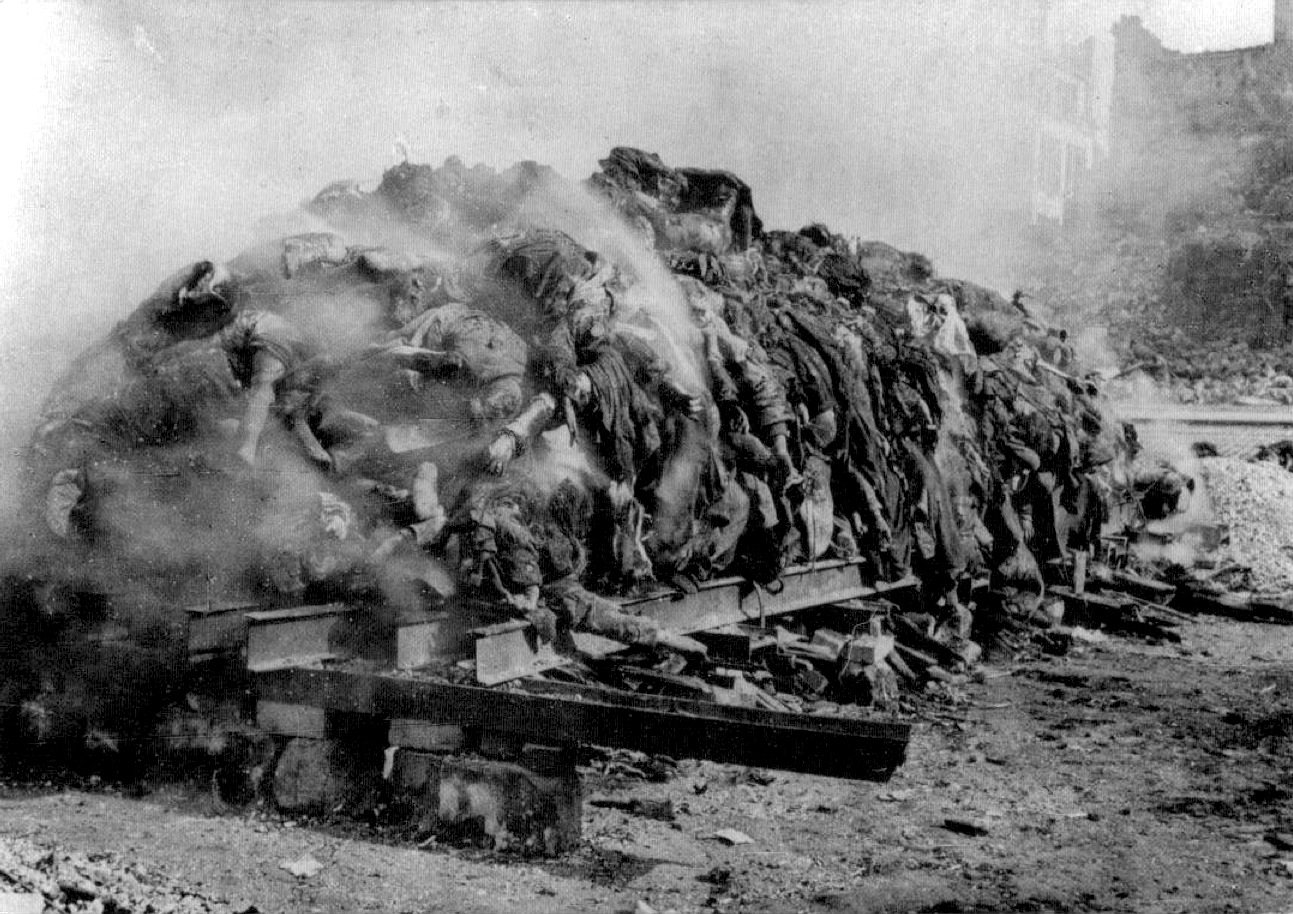
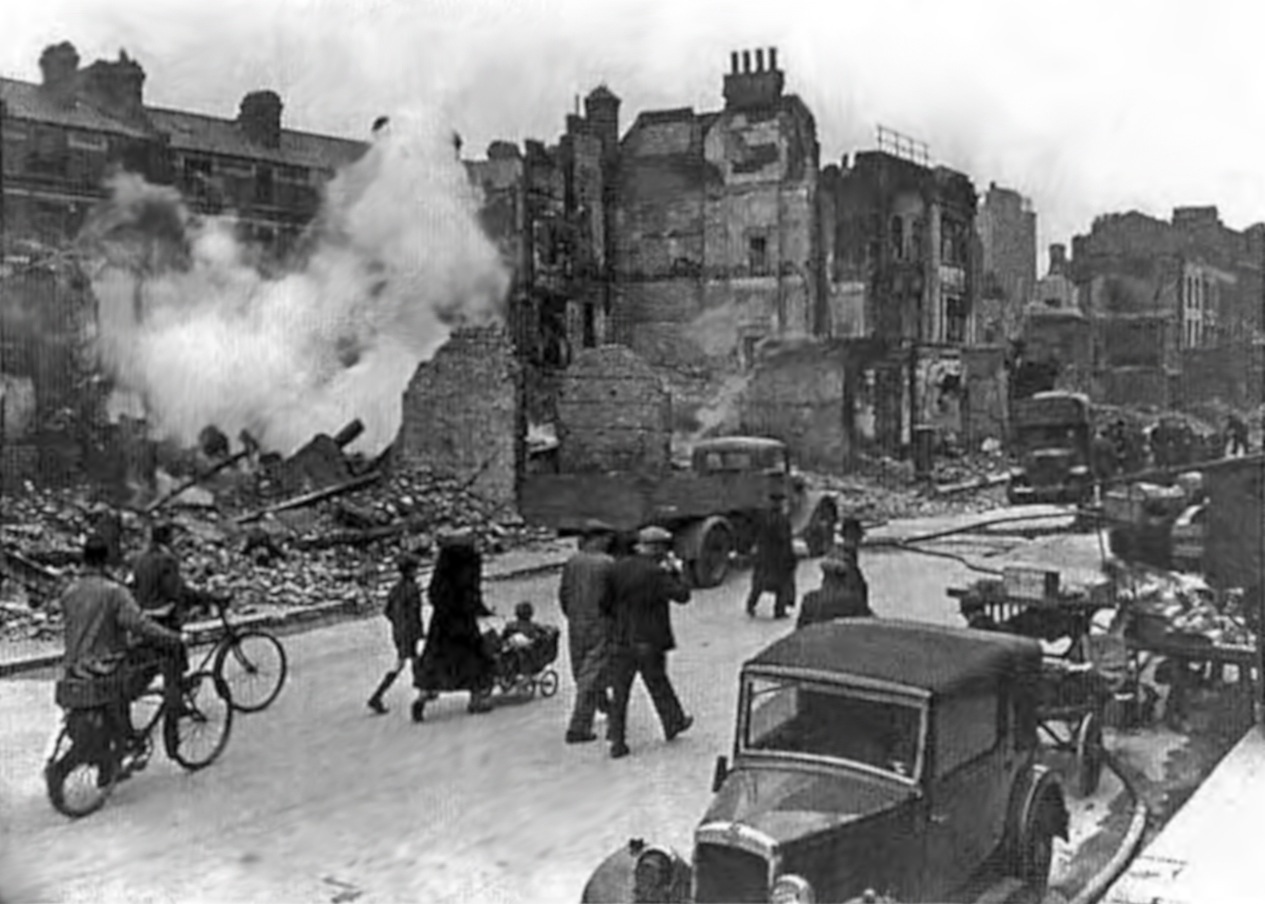

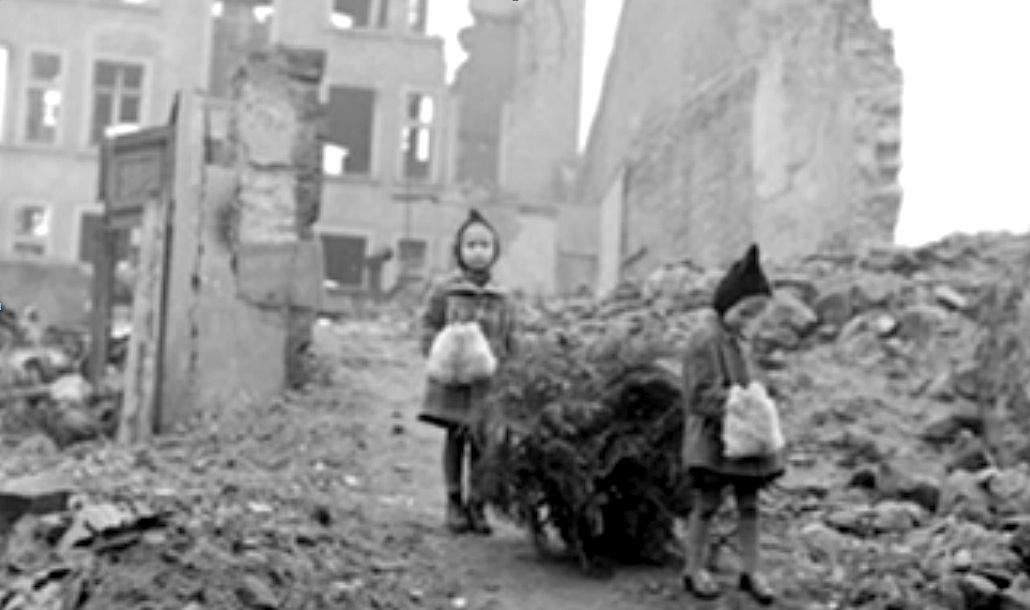
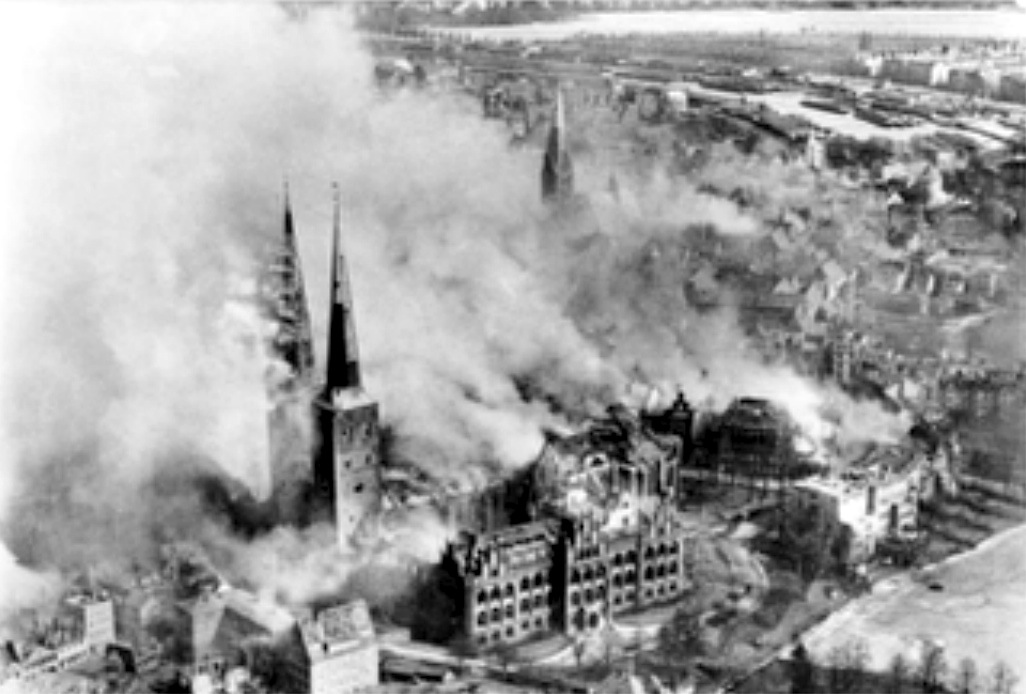
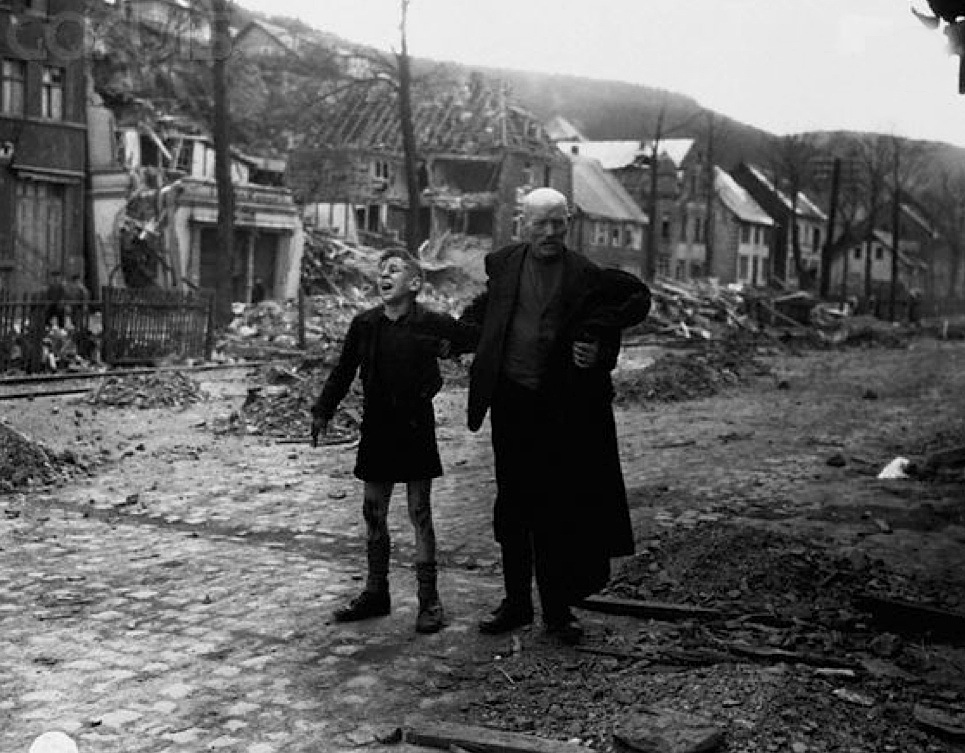

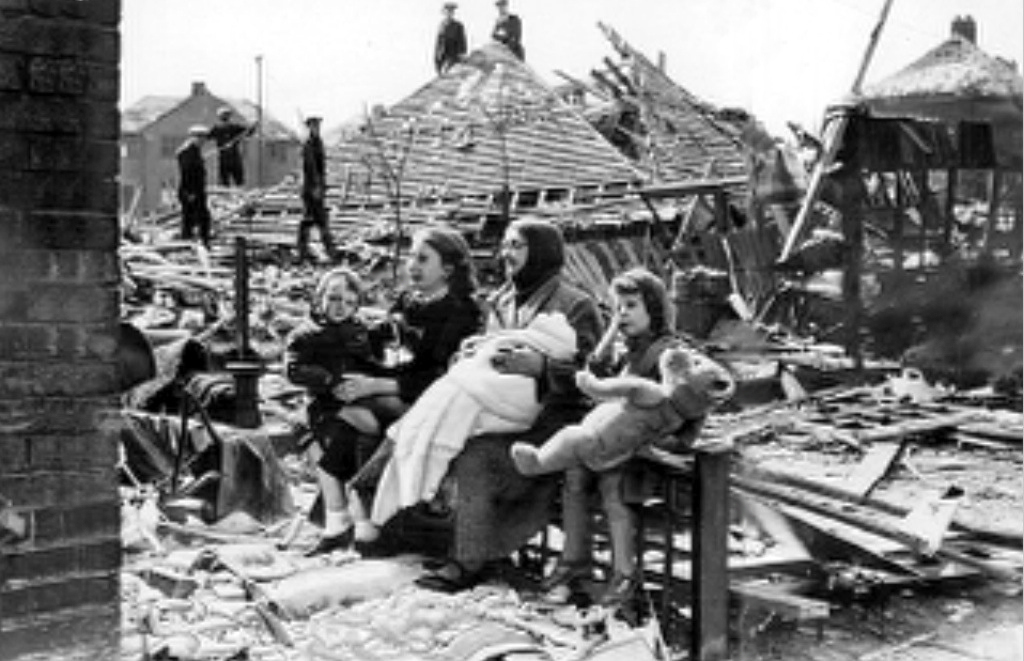

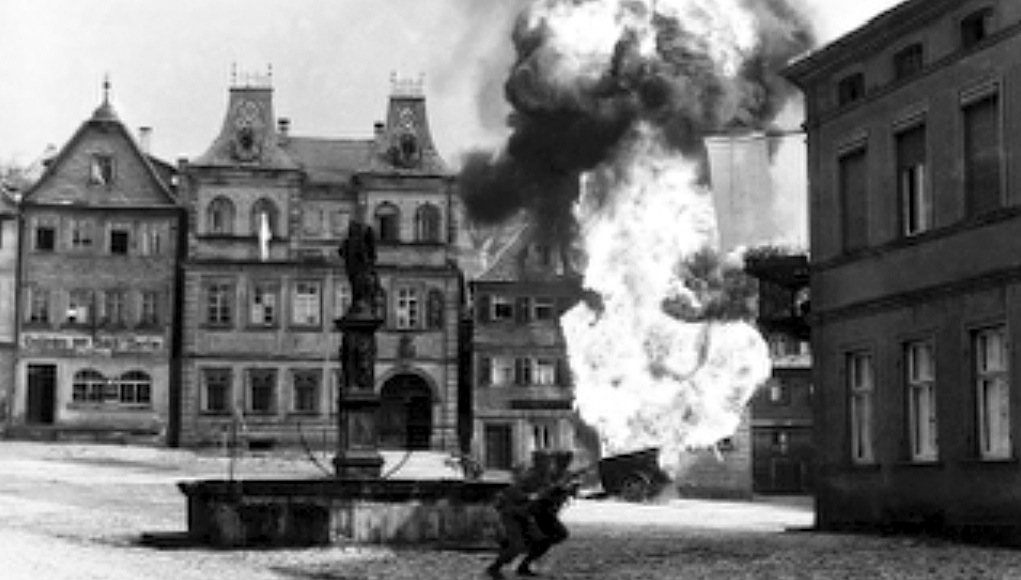


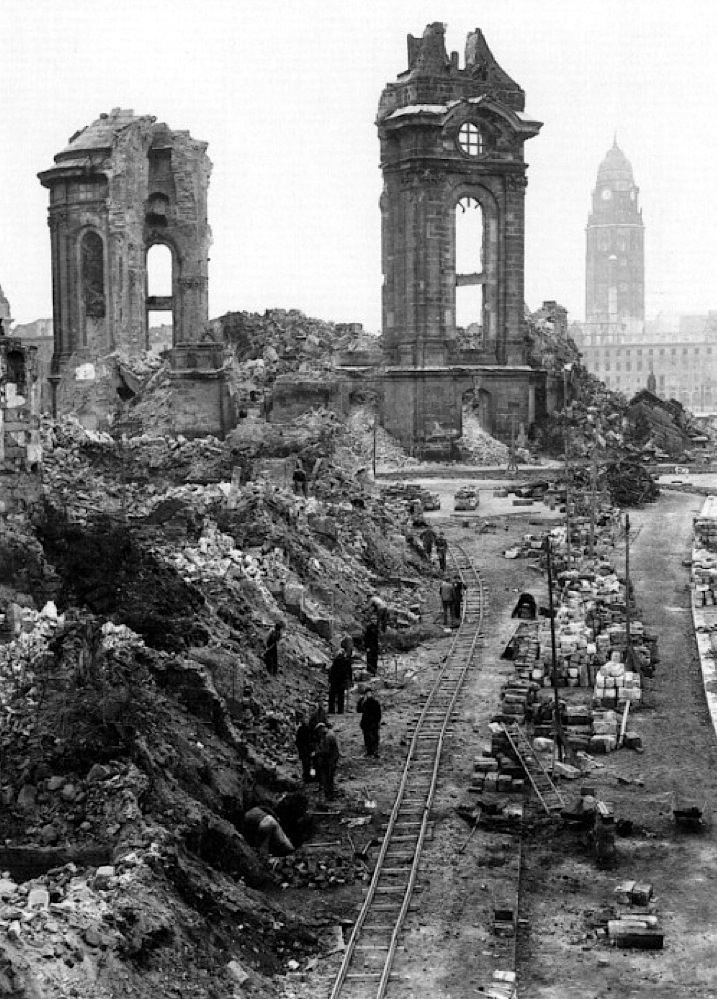
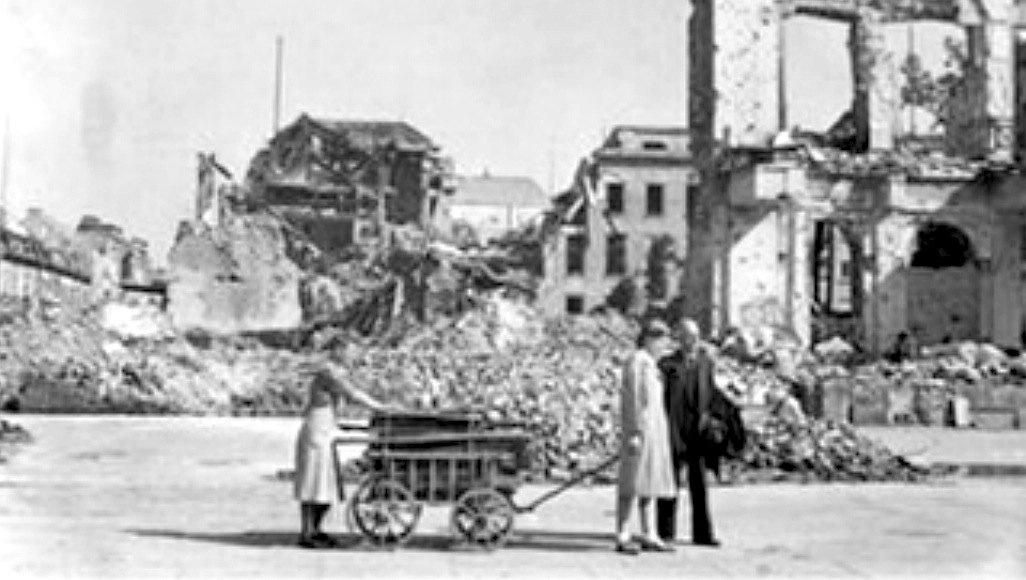
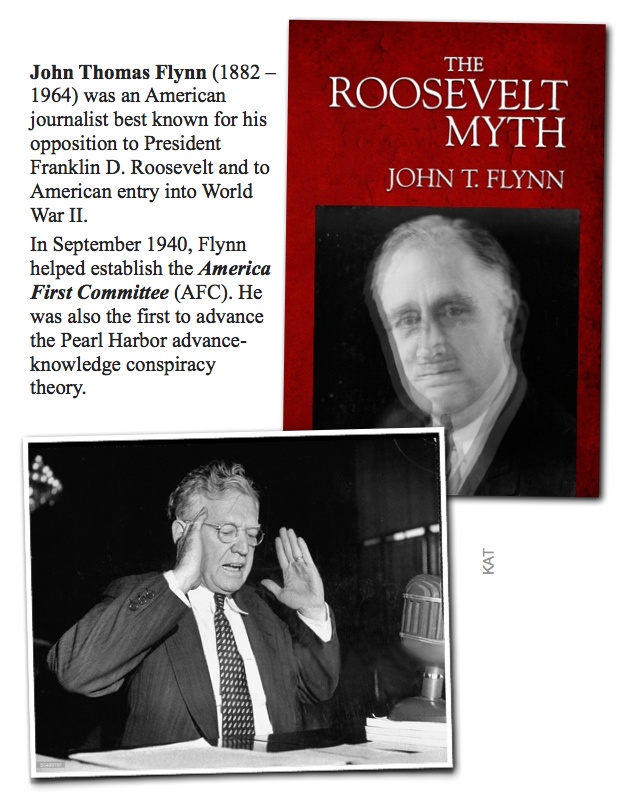
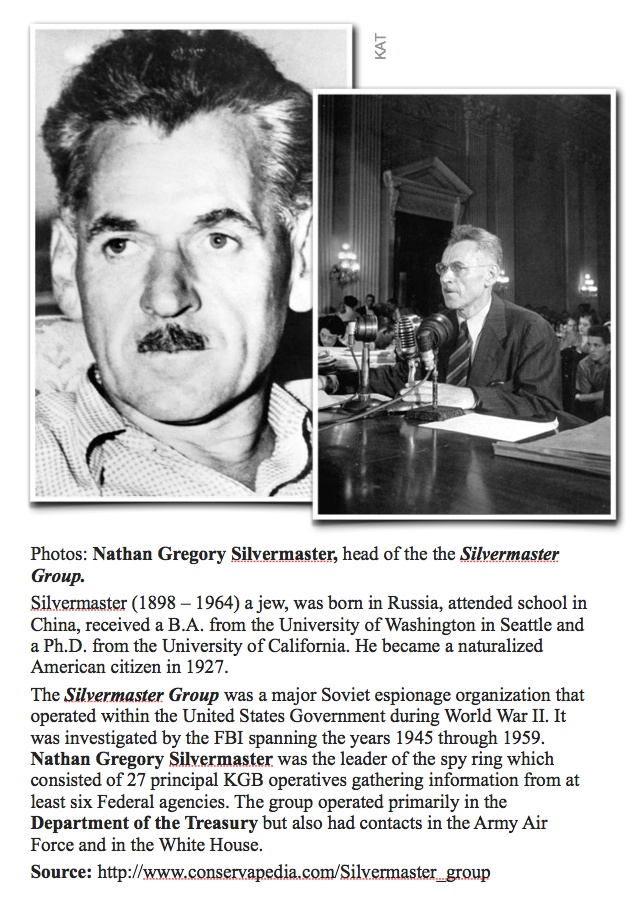
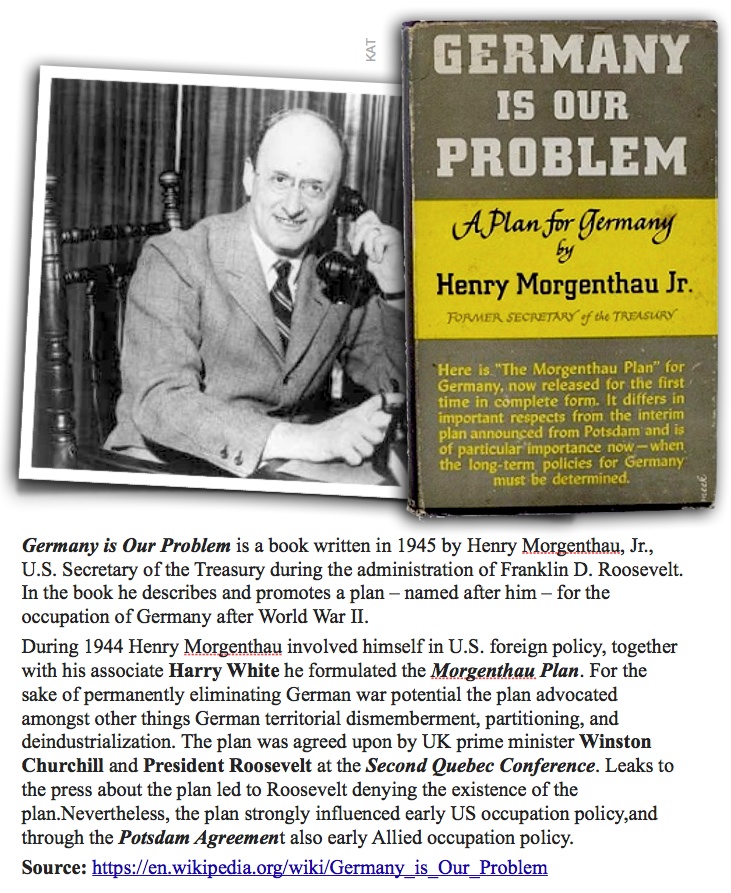
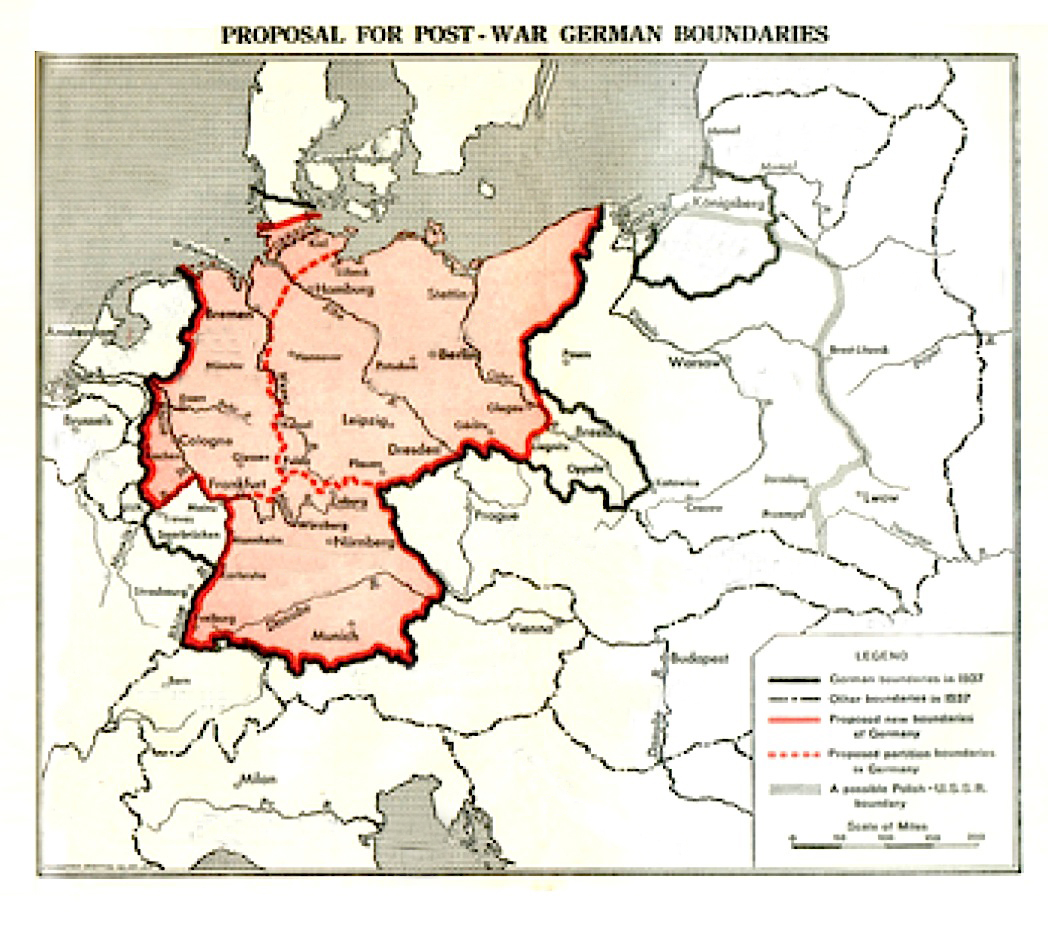
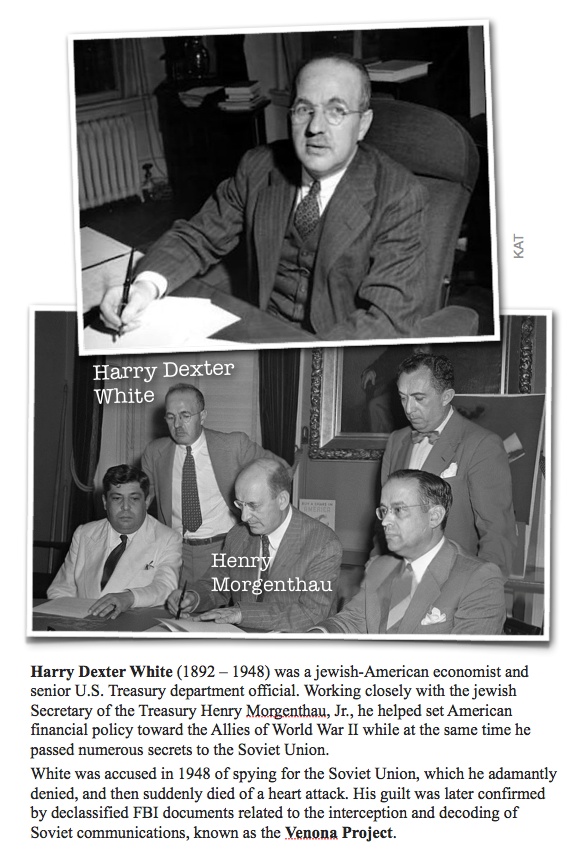
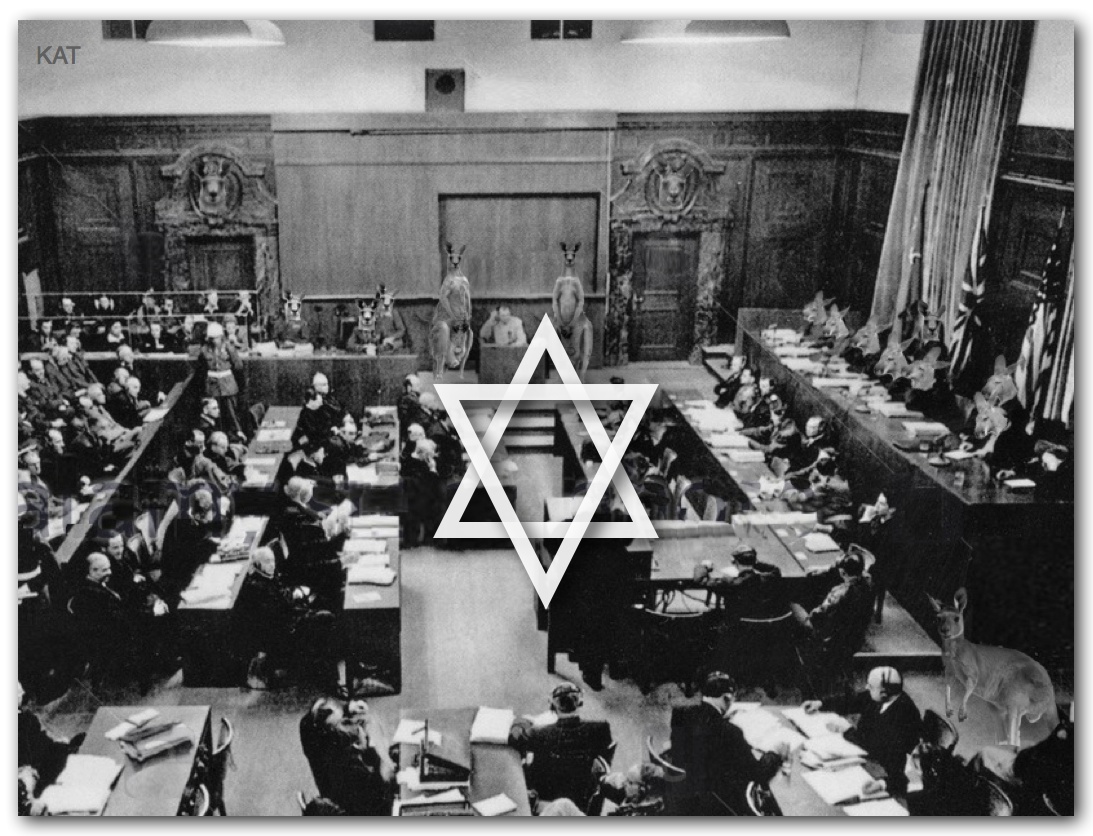


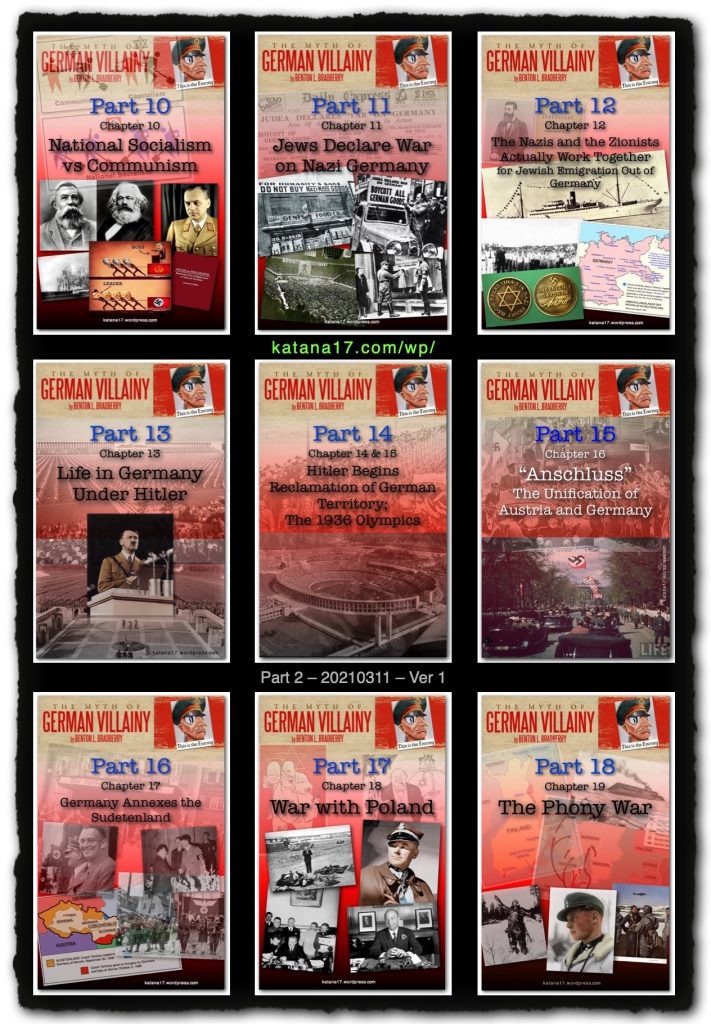


Hi, has this part been added ? Page coming up as not found. This is the first time this has happened. Thanks. John Erasmus. South Africa.
Hi John.
Just seen your comment now. I published the post by mistake when it wasn’t ready, and so then withdrew it.
It’s now up, finally.
Pingback: The Clergy In Dachau: An Insight Into How The Allies Manufactured A Death Camp Out Of A Detainment Camp For Arranged Photo Ops – WEARS WAR on the Lies, Liars & WW2
Pingback: The Dresden Firestorm Massacre Was A Botched Allied Mission If The ‘Official’ Death Toll Is To Be Believed & The Victims Are Conveniently Vaporized From History – WEARS WAR on the Lies, Liars & WW2
The real holocaust was what was done to the German people and nation during and after World War II.
Pingback: Updates — Plain List - katana17katana17
Pingback: Book - The Myth of German Villainy - Part 18 - The Phony War - katana17katana17
Pingback: Book - The Myth of German Villainy - Part 21 - Germany as Victim - katana17katana17
Pingback: Book - The Myth of German Villainy - Part 22 (last) - Winners and Losers - katana17katana17
Pingback: Book - The Myth of German Villainy - Part 02 - Aftermath of the War in Germany - katana17katana17
Pingback: Book - The Myth of German Villainy - Part 03 - The Jewish Factor in the War - katana17katana17
Pingback: Book - The Myth of German Villainy - Part 05 - The Red Terror - katana17katana17
Pingback: Book – The Myth of German Villainy – Part 04 – The Russian Revolution of 1917 | katana17
Pingback: Book – The Myth of German Villainy – Part 15 – “Anschluss” The Unification of Austria and Germany | katana17